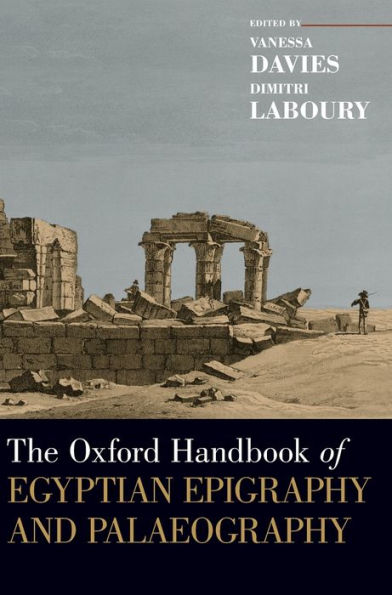5
1
9780190604653



The Oxford Handbook of Egyptian Epigraphy and Palaeography available in Hardcover, eBook

The Oxford Handbook of Egyptian Epigraphy and Palaeography
- ISBN-10:
- 0190604654
- ISBN-13:
- 9780190604653
- Pub. Date:
- 03/13/2020
- Publisher:
- Oxford University Press
- ISBN-10:
- 0190604654
- ISBN-13:
- 9780190604653
- Pub. Date:
- 03/13/2020
- Publisher:
- Oxford University Press

The Oxford Handbook of Egyptian Epigraphy and Palaeography
$190.0
190.0
In Stock

Product Details
| ISBN-13: | 9780190604653 |
|---|---|
| Publisher: | Oxford University Press |
| Publication date: | 03/13/2020 |
| Series: | Oxford Handbooks |
| Pages: | 712 |
| Product dimensions: | 9.80(w) x 6.90(h) x 1.40(d) |
About the Author
From the B&N Reads Blog
